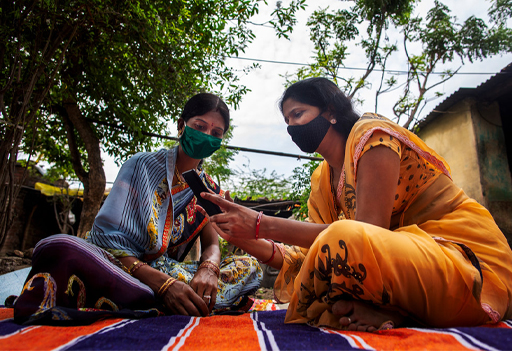2.2 Theories of collaborative learning
When designing collaboration-based interventions to support the learning process for complex topics such as the climate crisis we can usefully draw on several theories which give insight into how learning together works. Some of these theories may be familiar to you. Others may be less familiar.
Constructivist theories position the learning process as an interactive one. That is, learning will take place first between learners, rather than within learners’ individual minds. According to Vygotsky’s (1978) socio-cultural constructivist theory, an effective learning process is based on social interactions with others, while Piaget’s (1985) socio-cognitive theory positions contradictions and other social interactions among learners as an instrument for developing their individual understanding.

Communal Constructivism takes collaboration one step further. It sees interactions between learners as supporting not just the learning of individual learners, but also a collective purpose of constructing knowledge for those learners’ community (Fountain, 2007).
Other theories see learning taking place in – and for the purpose of – a shared or collective cognition. Distributed Cognition (Hutchins, 1996), for example, considers cognition as distributed across individual learners, artefacts – some of which may be digital – and the environment. Connectivism (Siemens, 2005; Downes, 2007) places learning within a dynamic network of interactions, again – between individual learners, artefacts (some of which may be digital), and the environment. These theories explain why, when solving complex problems, there are advantages to coordinated and diverse groups of people working together (Janssen et al., 2010). As Kent and Cukurova (2020) explain:
… similar to the use of distributed computing or cloud computing, the effect of collaboration on the individual’s learning is mainly achieved by affording more resources at the individual’s disposal. In this sense, collaborative learning can be considered as a network of interactions between learners and artefacts that scaffold and set the context for individual learners by allowing them to be exposed to other people’s relation making and to other people’s LTM [long-term memories]…. This scaling – from interactions between newly introduced and already established knowledge at the individual level to the set of interactions between learners and concepts at the collective level – is instrumental to our conceptualisation of group ‘cognition.’
The British organisation Collaborate summarise their insights from their work experience and interactions with social activists, third sector leaders, politicians and senior public servants in their ‘Manifesto for a Collaborative Society [Tip: hold Ctrl and click a link to open it in a new tab. (Hide tip)] ’. In their Manifesto, they say:
We are living in a time of transition. The complex and global nature of the challenges that face us as individuals, communities, nations and as a planet is becoming rapidly clearer. Long-standing assumptions that things will only get better no longer hold. The mindset we need today is collaborative. It is based on the story of ‘us’. Its premise is that we are part of a bigger whole, and it asks us to acknowledge the interconnectedness of people and planet, that we are part of a living system.
The Manifesto makes repeated reference to climate change and could be a useful document to explore with your own learners, maybe as a way of identifying opportunities and challenges connected with local collaboration addressing the climate emergency.
